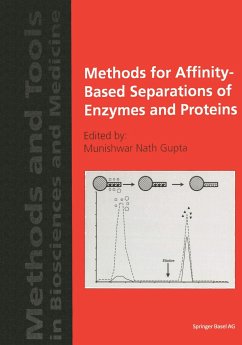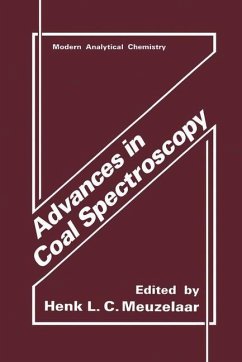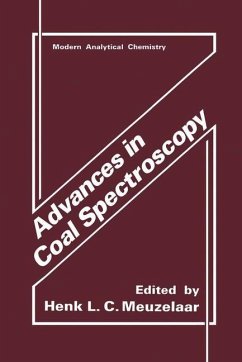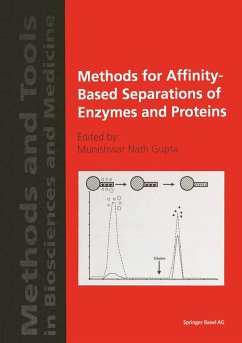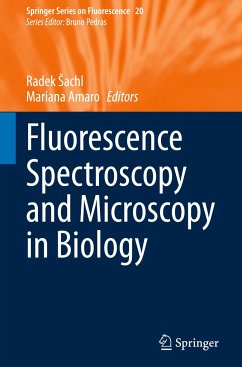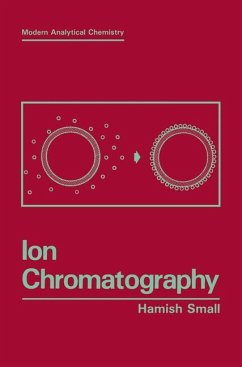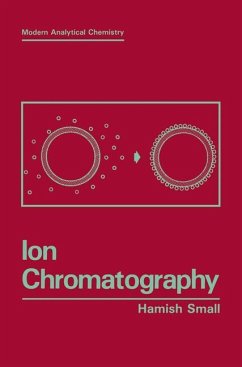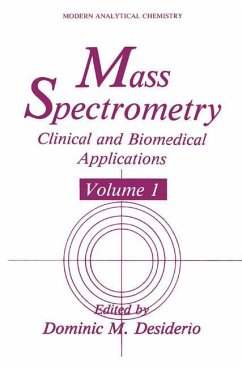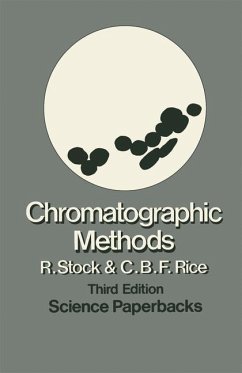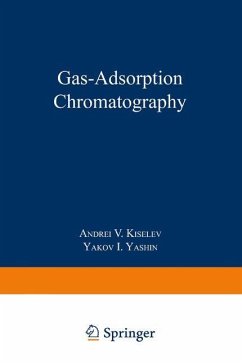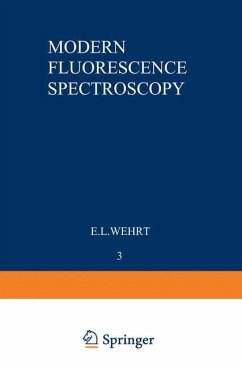
Modern Fluorescence Spectroscopy

PAYBACK Punkte
39 °P sammeln!
Since the appearance of the first two volumes of Modern Fluorescence Spectroscopy in 1976, important advances continue to be made in both the techniques and applications of molecular luminescence. In terms of "hardware," it is only recently that the application of laser excitation to molecular fluorometry has become feasible under conditions that are analy tically realistic. The improvements that can be effected in sensitivity, analy tical selectivity, and ability to handle "difficult" samples by laser fluorometry have only begun to be exploited. Likewise, time-resolved fluorometry has receive...
Since the appearance of the first two volumes of Modern Fluorescence Spectroscopy in 1976, important advances continue to be made in both the techniques and applications of molecular luminescence. In terms of "hardware," it is only recently that the application of laser excitation to molecular fluorometry has become feasible under conditions that are analy tically realistic. The improvements that can be effected in sensitivity, analy tical selectivity, and ability to handle "difficult" samples by laser fluorometry have only begun to be exploited. Likewise, time-resolved fluorometry has received widespread use in fundamental studies (a sizable number of which deal with biological systems), but has as of yet received relatively little analytical utilization. The use of electronic array detectors offers the promise of obtaining luminescence spectra more rapidly, and perhaps ultimately with greater sensitivity, than is possible by the use of scanning instruments equipped with conventional detectors. The increasing capabilities of microcomputers and the increasing sophistication of "smart" spectroscopic instrumentation signify that much more efficient acquisition and use can now be achieved of the information contained in the "excitation-emission matrix" inherent in the luminescence phenomenon.





